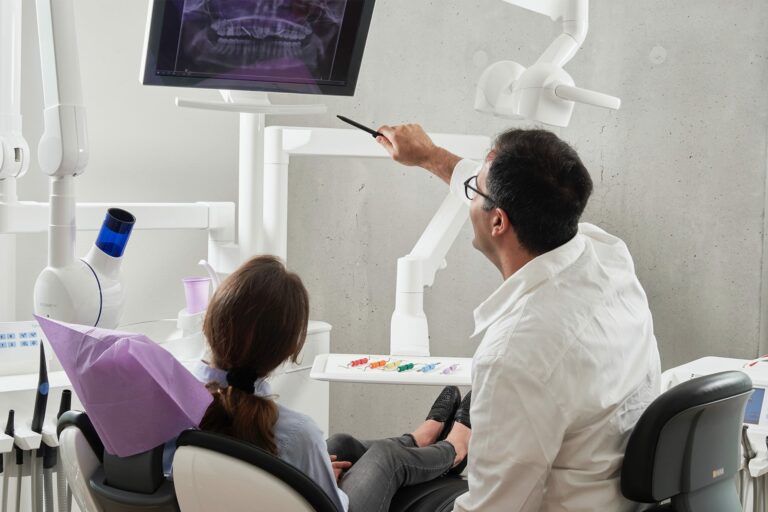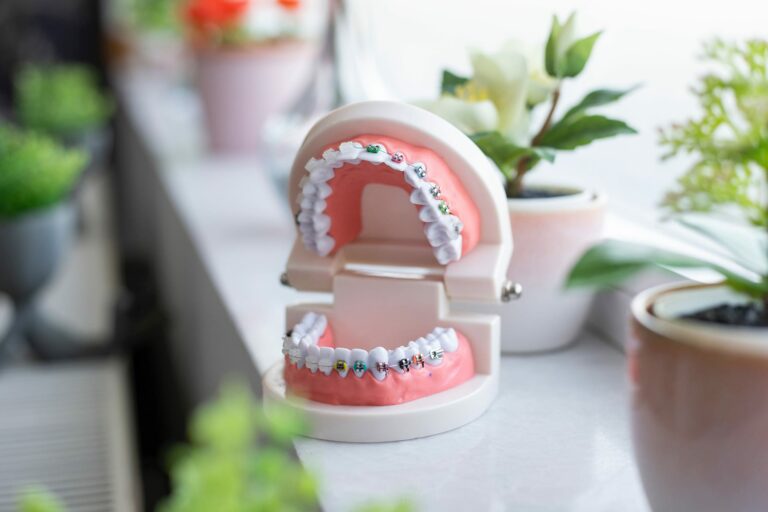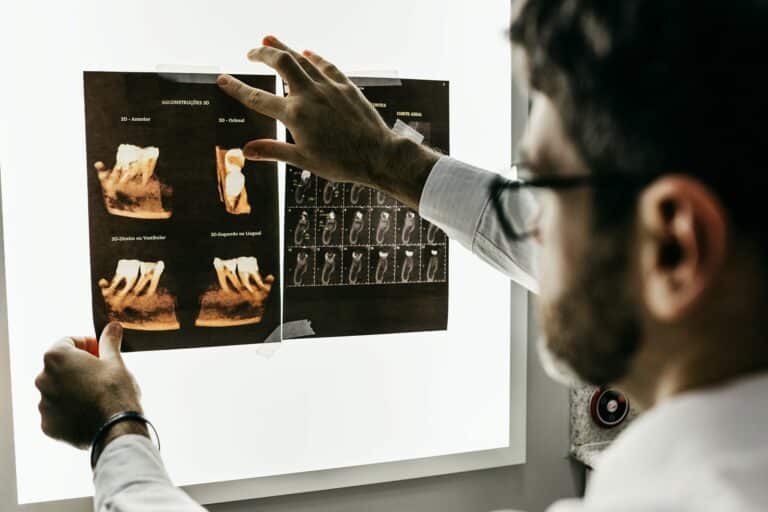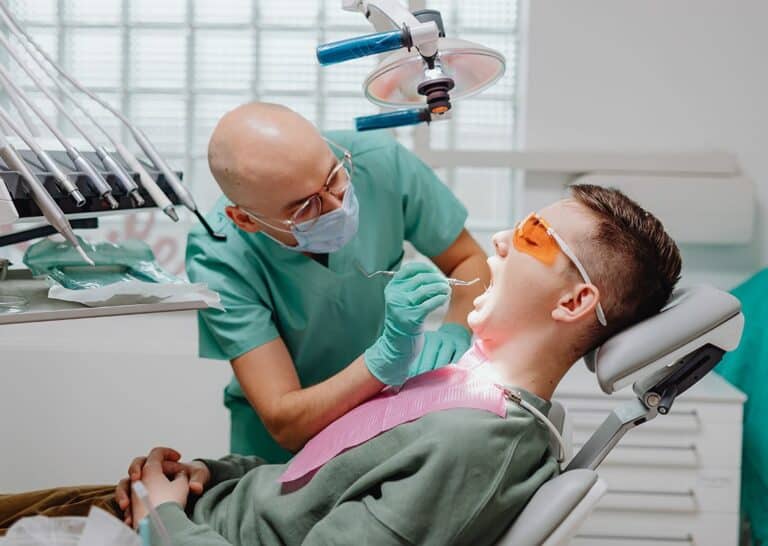Flexible spending accounts, or flex money, are a great way to save money on out-of-pocket expenses like dental work. Here are three ways you can use flex money to help cover the cost of dental procedures.
- Covering Orthodontic Treatments Orthodontic treatments like braces can be expensive, but by using flex money, you can offset some of the costs. With a flexible spending account, you can use pre-tax pounds to pay for braces and other orthodontic treatments. This can result in a significant savings, especially for individuals in higher tax brackets. To use flex money for orthodontic treatments, you will need to consult with your orthodontist to determine the total cost of the procedure and the portion that can be covered by your flex money account.
- Paying for Dental Procedures In addition to orthodontic treatments, flex money can also be used to pay for other dental procedures such as fillings, root canals, and extractions. If you have flex money, you can use it to pay for these procedures without having to worry about the out-of-pocket costs. This can be especially helpful for those who do not have dental insurance or those who have a high deductible insurance plan.
- Covering Preventive Care Preventive care, like regular cleanings and check-ups, is an important aspect of oral health. By using flex money, you can ensure that you receive regular preventive care without having to worry about the costs. Regular preventive care can help keep your teeth and gums healthy and can prevent more serious dental problems from developing in the future.
In conclusion, flexible spending accounts can be a great way to save money on dental expenses. Whether you need orthodontic treatment, dental procedures, or preventive care, you can use flex money to help cover the costs. Just be sure to consult with your dentist to determine the total cost of the procedure and the portion that can be covered by your flex money account.





